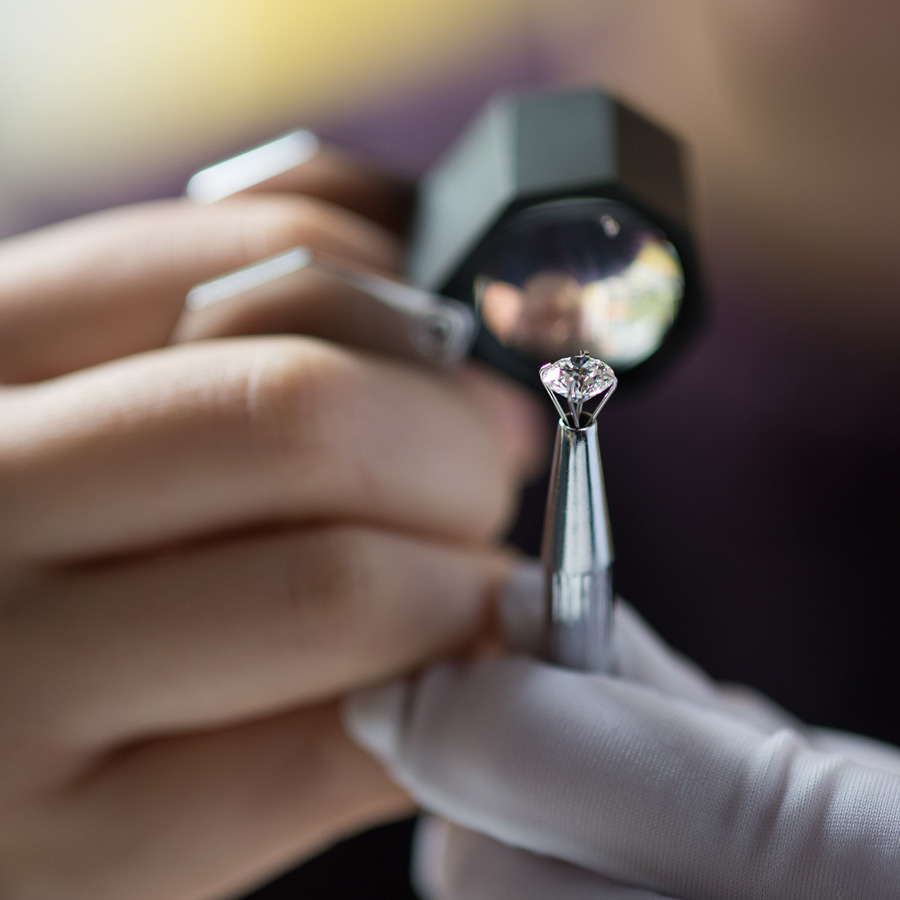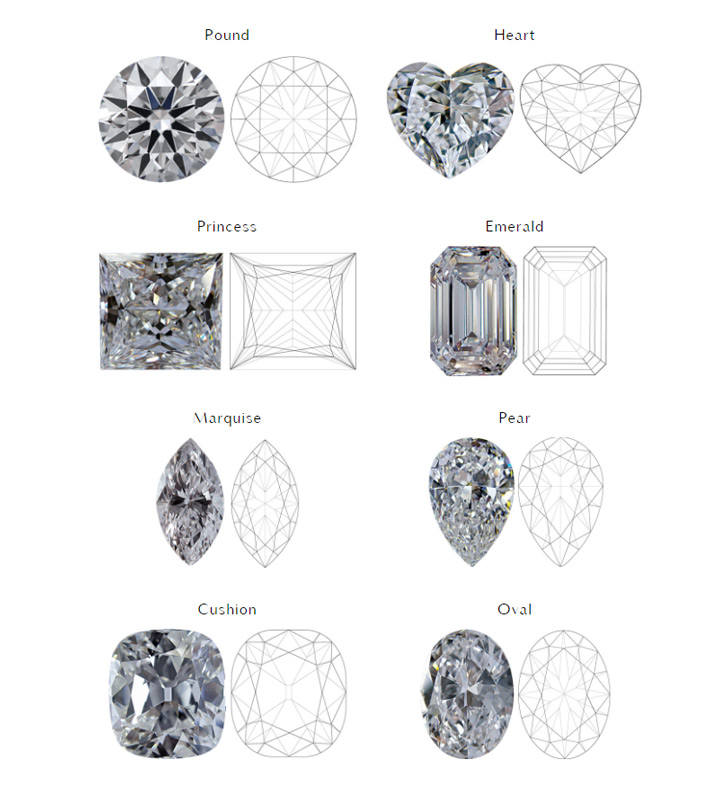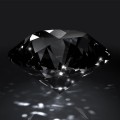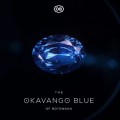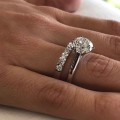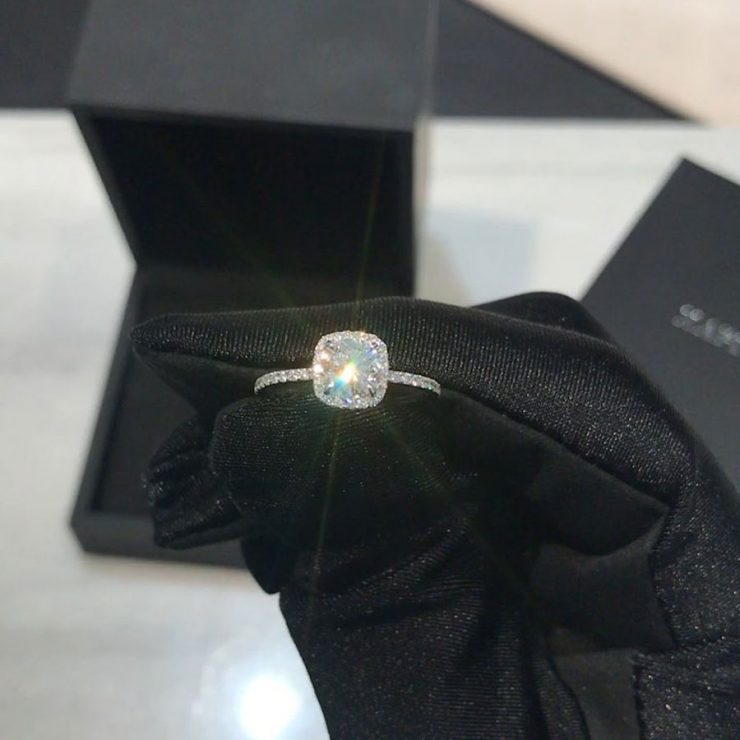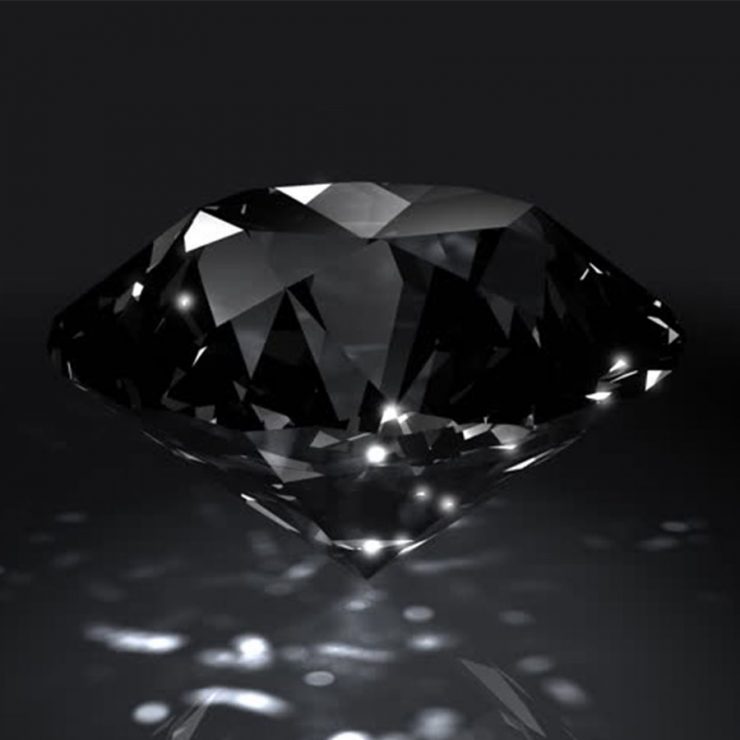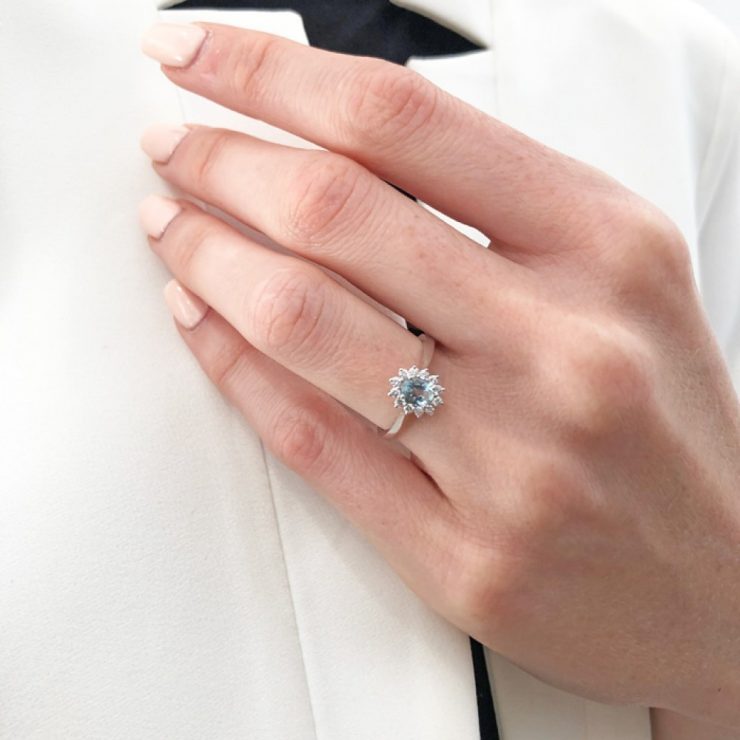Diamonds are considered to be mineral crystals, pretty rare and unique especially due to their chemical composition. They are composed entirely of carbon, even though there is a slightly chance to consist small amounts of other chemical elements that may have an impact both on their colour and their shape. Diamonds are able to be formed under certain levels of temperature and pressure. The most ideal circumstances that reinforce diamonds’ form occur many miles below Earth’s surface. To be more concrete, diamonds take their form at 150 to 300 km below Earth’s surface and under high pressures (45 to 60 kbar) and high temperatures (1500 to 1800°C). If the relevance of temperature and pressure differs in a great extent then it is possible that either the crystals will be burnt or they can be transformed into graphite.
Even though most of the precious stones are categorized, diamonds, due to their characteristics, are considered to be a distinct category since they are to be taken undoubtedly as the most famous and easily recognizable precious stone. Diamond is the hardest natural element of the Earth since its hardness on the Mohs scale (a qualitative ordinal scale characterizing minerals’ hardness) scores a 10, while it is worth to be noted that in comparison with Sapphire and Ruby, that are the second hardest precious stones on this specific scale, it is 145 times harder. Emphatically, the word diamond is not accidental since it comes from the ancient Greek word “adamas”, a term that was used to describe a hard material. As far as a diamond’s value, it is defined by four parameters, namely “The Four C’s- the Carat Weight, the Clarity, the Color and the Cut”.
Carats
Diamonds’ weight is measured in Carats (Carat Weight). The measurement of weight in Carats was established in 1907 in Europe and in 1913 in USA. Within the metric system, 1 Carat is equal to 0.2 grams (namely 5 carats are equal to 1 gram), while diamonds under 1 gram are measured in points. For instance, a diamond of 0.10ct can also be referred to as a diamond of 10 points. Additionally, it should be mentioned that diamonds’ carats are not to be confused with Carats of gold, since gold Carats are used to measure the consistency of gold in a jewel.

Clarity
Another important factor that affects a diamond’s value is its clarity. A diamond’s clarity is mainly defined from the inclusions that exist inside of it. “Inclusions” refer to the characteristics inside of a diamond, that either exist inside of them from the beginning, or they “break” upon their surface and penetrate into them. Inclusions, which are also known as “internal impurities”, are formed before, during or after the crystallization of the diamond and differ from one diamond to another as far as the number, the position, the size, the naturalness and their color are concerned. More specifically, clarity is measured on a magnification scale 10x (namely with a magnifier). Thus, diamonds, depending both on the number of the internal impurities and the visibility with a naked eye or not, are categorized as follows:
- Internally Flawless (IF): The impurities of this specific scale are not visible, even with a magnifying glass 10x. Diamonds of this category are the rarest and greatly high in value.
- Very, Very Slightly (VSS): The impurities in this category are extremely difficult to be spotted even with a magnification scale of 10x.
- Very Slightly (VS): The inclusions of this specific category are very small in size. Sometimes it is difficult to be seen with a magnification scale 10x (VS1), while some other times it is easy to be spotted (VS2).
- Slightly Included (SI): The inclusions on this scale are very small in size and they can either be seen under 10x magnification (SI1) or they can be traced under the 10x magnification scale but it is impossible to be seen with a naked eye (SI2)
- Imperfect (I): The inclusions on this category are big in size and many in quantity and they are visible with a naked eye.

Color
The color of a diamond depends on certain chemical elements such as boron, cuprum, aluminum and also on the existence of some nitrogen atoms that replace some carbon atoms. Diamonds that are high in demand are the colorless ones and they are the most used ones for jewelry construction, while also high in demand are diamonds of pink, blue, red gold, orange and burgundy color. Additionally, it should be mentioned that the diamond’s color is defined by the amount of the color that can be seen by the naked eye. More specifically, according to the G.I.A.-Gemological Institute of America), diamonds, according to their color, are categorized as follows:
- Colorless: Diamonds of this specific group are colorless and they divided into subcategories depending on whether they are transparent (Categories D and E) or whether they are almost transparent (Category F).
- Near Colorless: Diamonds of this certain category are almost transparent (Category G), or white (Category H) or slightly tinted white (I and J categories).
- Slightly Tinted: In this category a certain amount of color is tracked within the stones ( K,L, M category).

Cut
A diamond’s cut is an important factor that equally contributes in determining its value. “Cut” as a term bears various understandings since it essentially refers to a diamond’s “construction”. More specifically, the diamond’s cut demands a series of processes including the symmetry, proportioning and the polish of a diamond. There are various kinds of cut, the most popular being the brilliant cut which consists other types of cut as well such as the pear cut, oval cut, heart shaped cut. Other types of cut are the rose one or even the mixed cut. To have a better understanding about a diamond’s cut, we should look over a diamond’s profile. As we are looking over its profile, its peak is considered to be the crown of the stone, which is the top half above the middle or the girdle of the stone while the lower half below the girdle is known as the pavilion of the stone. It is without doubt that the way in which a diamond is cut affects, to a great extent, the way in which the light is diffused. The most popular cut is considered to be the brilliant cut since it is the one that best helps in the light diffusion.

In Haritidis Jewelry you will find diamond jewelries with report numbers provided by the world’s top gemological institutes. Also, our personnel will help you understand every detail about diamonds’ characteristics and you will get the chance to choose your ideal diamond.


